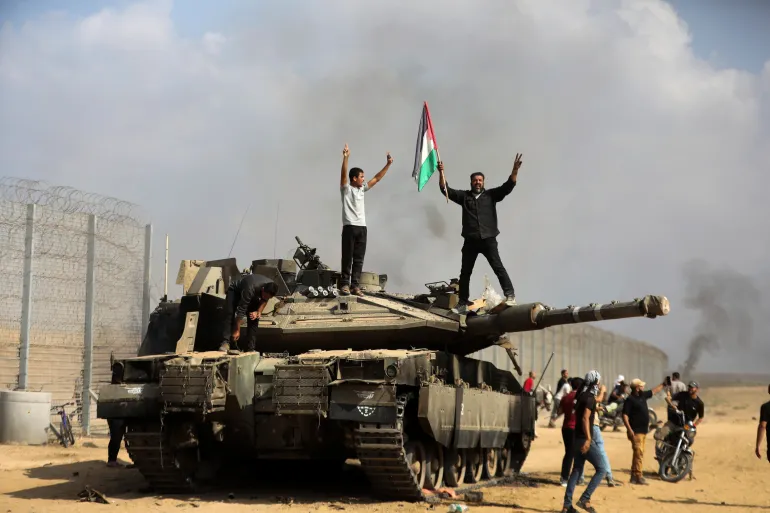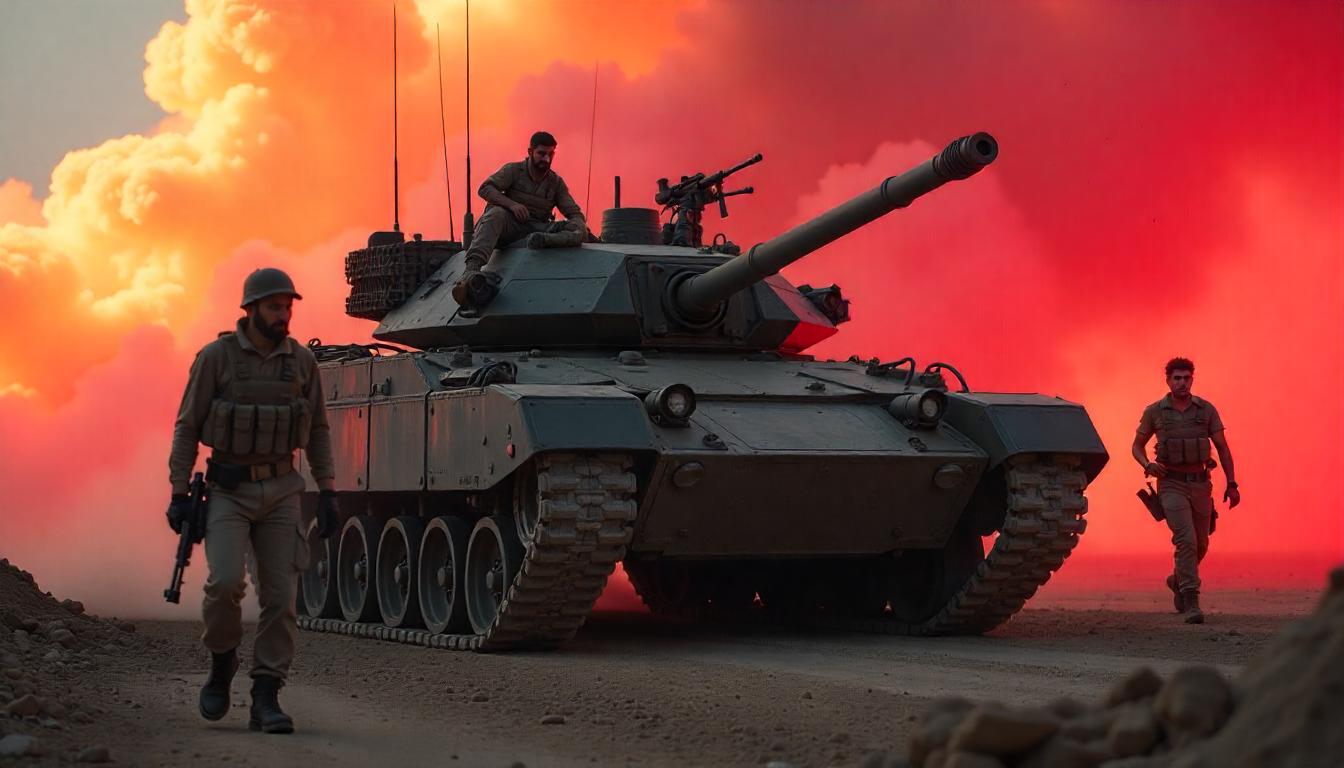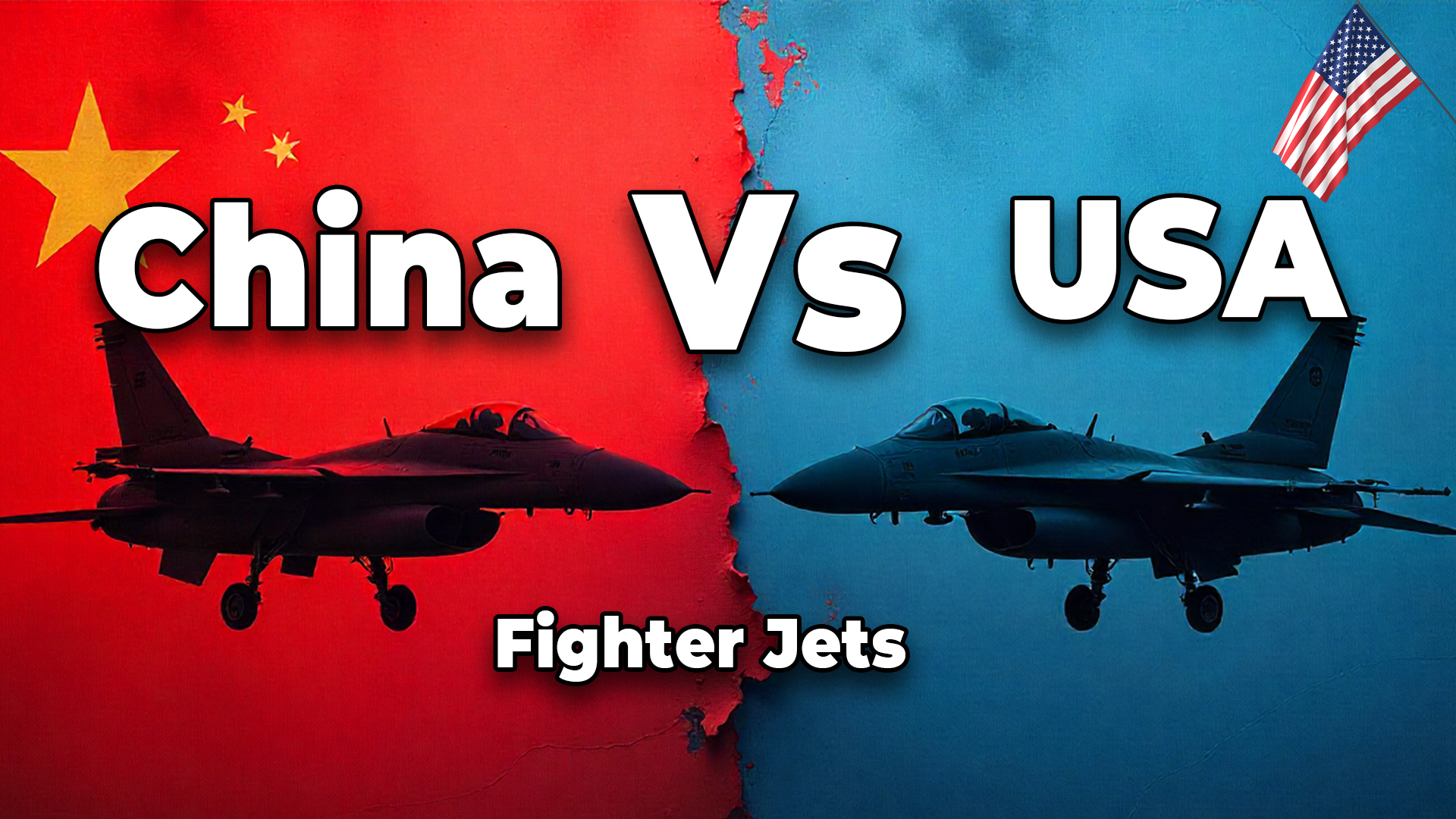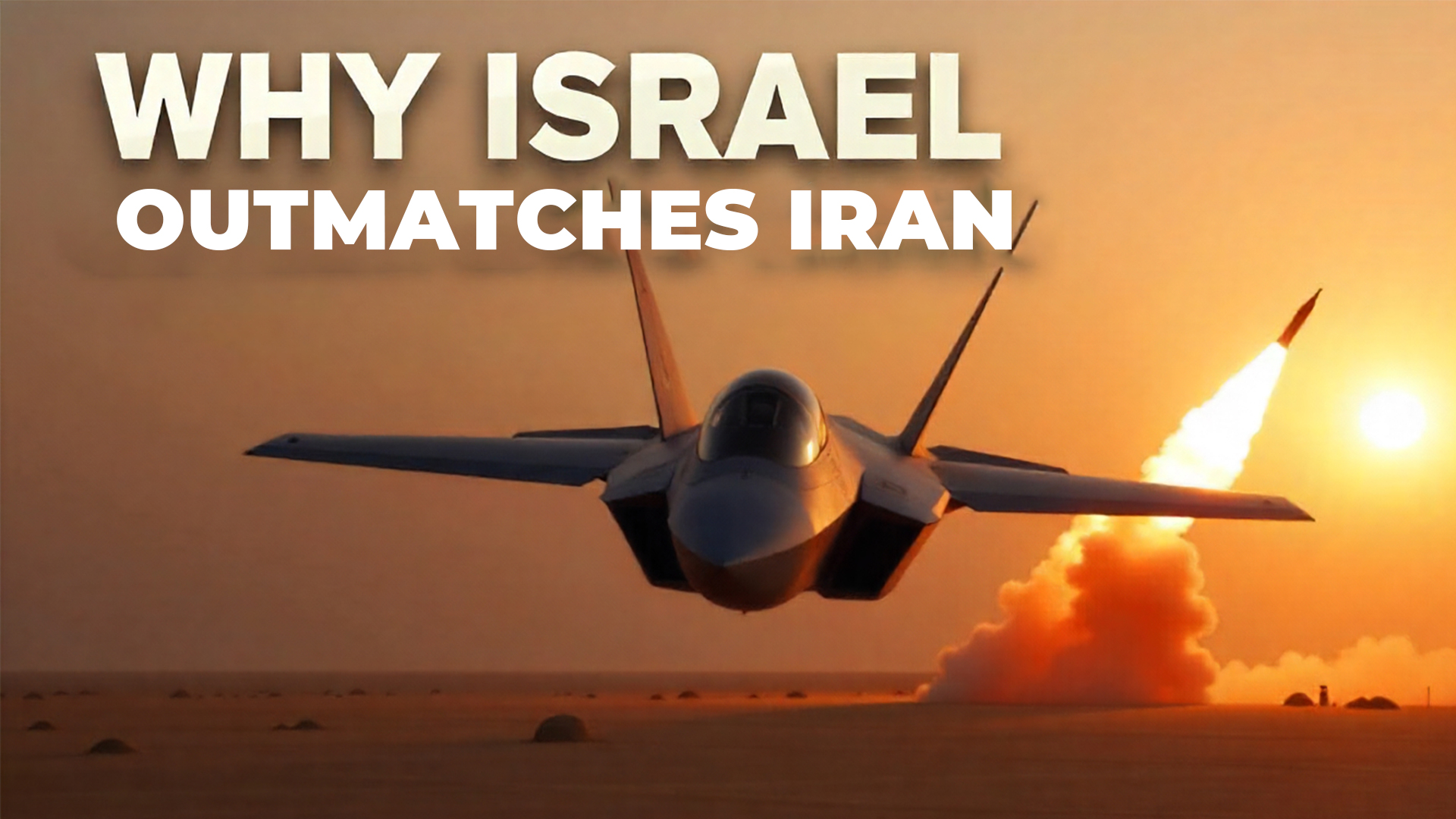Unpacking the Complexities of the Israel-Hamas Conflict: History, Current Events, and Paths to Peace
The Israel-Hamas conflict has long dominated headlines. It has sparked intense discussions worldwide. In this article, we will break down the key elements of this complicated issue. We will explore its history, current events, and potential solutions.
The Basics
To understand the conflict, we first need to know who is involved. Israel is a small country in the Middle East. Meanwhile, the Gaza Strip is a tiny piece of land on Israel’s southwestern border. Hamas, a Palestinian militant group, controls Gaza. They have been embroiled in a violent dispute with Israel for many years. The conflict is deeply rooted in land disputes and political tensions.
The history of this conflict stretches back to 1948, when Israel was established. Since then, ongoing tensions have led to numerous violent clashes. Each side feels justified in their actions.
What’s Happening Now

On October 7, 2023, Palestinians wave their national flag and celebrate near a destroyed Israeli tank at the Gaza Strip fence east of Khan Younis. Photo : AP
Fast forward to 2024, and tensions have escalated dramatically. Recently, Hamas launched a significant attack on Israel. In response, Israel carried out airstrikes. This back-and-forth cycle of violence seems endless. It makes finding a resolution extremely difficult.
Typically, the cycle follows this pattern: Hamas attacks, Israel retaliates, Hamas responds, and the international community intervenes. Unfortunately, this cycle continues to repeat itself. It’s akin to a disastrous game of ping-pong with severe consequences.
Why Does This Keep Happening?
The blockade of Gaza plays a critical role in perpetuating the conflict. Both Israel and Egypt control the flow of goods into and out of Gaza. Consequently, this leads to dire living conditions for many residents. High unemployment rates, inadequate infrastructure, and limited access to basic necessities create a volatile environment.
When you mix these hardships with a long history of political grievances, violence is often the result. Hamas believes violent resistance is the only way to gain attention. On the other hand, Israel views these attacks as existential threats.
The Global Picture
This conflict isn’t just a local issue; it has global implications. Countries like the United States, Iran, Egypt, and Qatar are involved in various ways. The U.S. generally supports Israel, while Iran backs Hamas. This creates a complex web of international interests.
This situation can be likened to a chess game. Here, outside players encourage the conflict instead of seeking to resolve it. The world watches as the situation unfolds, often with little effective intervention.
What Can Be Done?
While everyone desires peace, achieving it is easier said than done. Various attempts at negotiations and ceasefires have occurred. However, they have frequently broken down due to a lack of trust. The historical context of violence complicates these efforts.
Ultimately, a long-term peace agreement may be the only viable solution. However, this requires compromise from both sides. Given the history of grievances, finding common ground remains a formidable challenge.
Conclusion
The Israel-Hamas conflict is tragic, and there are no easy answers. Thus, staying informed, compassionate, and advocating for peaceful solutions is crucial. Innocent people on both sides are suffering. Their plight should remind us of the need for empathy and understanding.
As we reflect on this complex issue, let’s continue to educate ourselves. We must support efforts that aim for a peaceful resolution. We all have a role to play in advocating for a world where understanding prevails over violence.






I’ve been absent for some time, but now I remember why I used to love this web site. Thank you, I will try and check back more frequently. How frequently you update your web site?
Welcome back! We’re so glad to have you here again and truly appreciate your kind words. We aim to post at least once per week, and sometimes more, depending on the topic and updates. We’d love to see you around more often, and feel free to share your thoughts on any post you find interesting!
Thanks for another great article. Where else could anyone get that kind of information in such a perfect way of writing? I have a presentation next week, and I am on the look for such information.
Thank you so much for your kind words! I’m thrilled you found the article helpful. Best of luck with your presentation next week—I’m sure you’ll do great! Feel free to reach out if you need any additional info or resources.
As I website possessor I believe the content material here is rattling fantastic , appreciate it for your hard work. You should keep it up forever! Good Luck.
Thank you so much for your kind words and encouragement! I truly appreciate your support and am glad you’re enjoying the content. I’ll do my best to keep it up—your feedback means a lot!
It’s actually a great and useful piece of information. I am glad that you shared this useful info with us. Please keep us up to date like this. Thanks for sharing.
Thank you for your kind feedback! I’m so glad you found the information helpful. I’ll definitely keep sharing updates and useful insights—stay tuned, and thanks for being a part of the community!
I not to mention my friends have already been reading the best ideas from your website then instantly developed a horrible feeling I had not expressed respect to you for them. All of the guys were consequently warmed to read through all of them and have now in fact been tapping into these things. Many thanks for actually being very accommodating and also for considering certain useful resources most people are really eager to discover. My personal sincere regret for not expressing gratitude to sooner.
No need to apologize at all! I truly appreciate your kind words, and I’m so glad you and your friends have found the content helpful. It’s wonderful to know that the resources are making an impact. Thank you for taking the time to express your gratitude—it means a lot! If there’s anything else you’d like to explore, I’m always here to help. 😊
Your enticle helped me a lot, is there any more related content? Thanks!